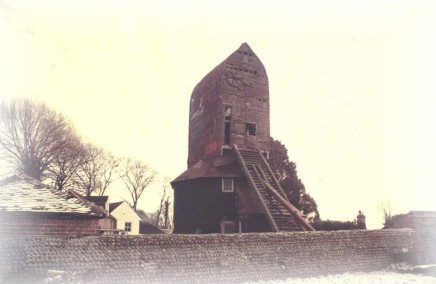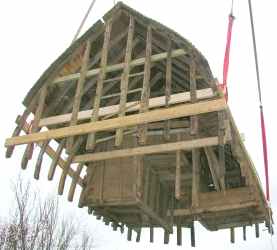|
WINDMILL HILL, EAST SUSSEX
|
|
HOME | BIOLOGY | FILMS | GEOGRAPHY | HISTORY | INDEX | INVESTORS | MUSIC | SOLAR BOATS | SPORT |
|
LINKS TO PARISH WEBSITE:
brief
history of Herstmonceux Herstmonceux
CE Primary School Wealden
Local Plan 1998 for Herstmonceux Windmill
Hill more
about Herstmonceux history & environment Varengeville-sur-Mer (Normandy)
WINDMILL LINKS | WIND TURBINES | SUSSEX WINDMILL RESTORATION
Another building of considerable historic interest just 900 yards west of the windmill above is the last surviving early generating station in the country. Please use the links below to read the story of this unusual building in Lime Park, just outside the village of Herstmonceux. As in the struggle to get the windmill restored, a non profit making charity has been formed to head up much needed restoration works.
Herstmonceux Electricity Generating Works Circa. 1900 - 1936 Links:
Introduction | Instructions | ISBN | Batteries | Boiler Room | Floor Plan | Ron Saunders
Industrial Revolution | Lime Park | Machinery | Map | Power House | Argus 1999
Public Supply | Roof Construction | Rural Supply | Sussex Express 1913 | Conclusion
Archaeology South East | East Sussex CC | English Heritage | SIAS | Sx Exp 1999
|
|
This
website
is Copyright © 1999 & 2006 NJK. The bird |
|
AUTOMOTIVE | BLUEBIRD | ELECTRIC CARS | ELECTRIC CYCLES | SOLAR CARS |

